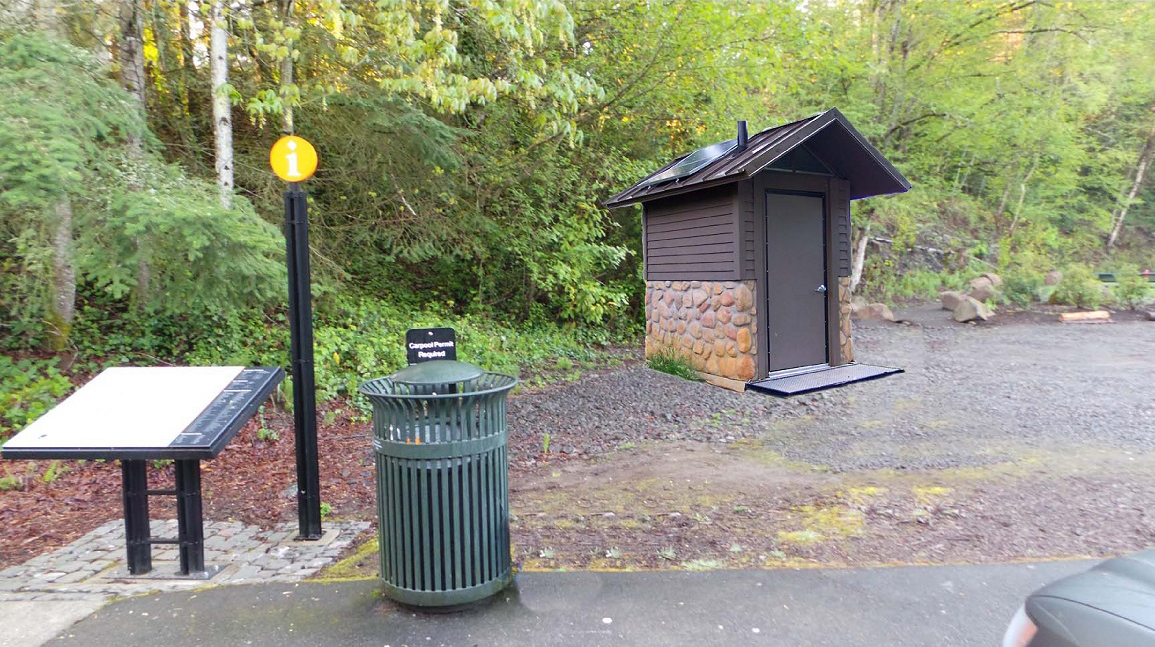Oregon created a permit pathway for using graywater to flush toilets and urinals in 2008, becoming the tenth US state to do so. To date less than a half dozen projects in the State (at least one residential, one institutional, and two food coops) have utilized this alternative method and most of them have uninstalled the systems. Treating and storing graywater to meet the high quality standard required is often cost-prohibitive. Several large-scale projects like Hassalo on Eighth and OHSU’s Collaborative Health Building have found it more cost effective to treat all combined wastewater (aka gray- and blackwater) for reuse together.
2011 Outdoor Graywater Reuse Policies in Oregon*
In 2011, Oregon created a permit pathway for reusing graywater to water landscapes in commercial and residential projects. There are three tiers to the permits,based on the level of treatment needed for final end use of the graywater. To date twenty-six tier 1 permits have been granted and one tier 2. The rules establish treatment and monitoring requirements, setbacks, access and exposure controls, site management practices and an annual renewal fee.

Commercial Composting Toilet at Lewis & Clark College
A composting toilet (M54W Trailhead) will be installed on the campus of Lewis & Clark College in Portland, OR. Composting toilet systems generally provide a lower cost, lower impact option for restroom locations lacking existing access to utilities or in areas where improving access would be prohibitively expensive. Composting toilets provide significant environmental benefits when compared to conventional flush systems. In Portland, this system has the added benefit of reducing impacts on an already taxed sanitary and storm system, reducing its contribution to combined sewer overflows to the Willamette River.

Harvesting Rain to Drink at Bacon-Brenes Home spurred New Codes
This home was one of the first in Oregon to permit rainwater for drinking. By pioneering a potable rainwater innovation, the owners and the design/build team helped spur Portland to become an early adopter of a city-wide rainwater harvesting code in 2004. The specialty designer on this project was landscape architect Pat Lando who himself has gone on to pioneer many advanced strategies for treating stormwater and recycling graywater and blackwater.